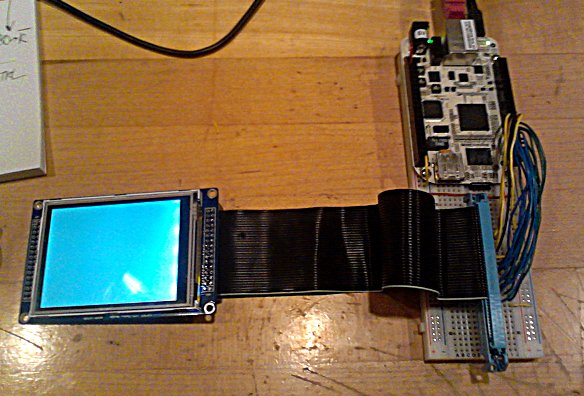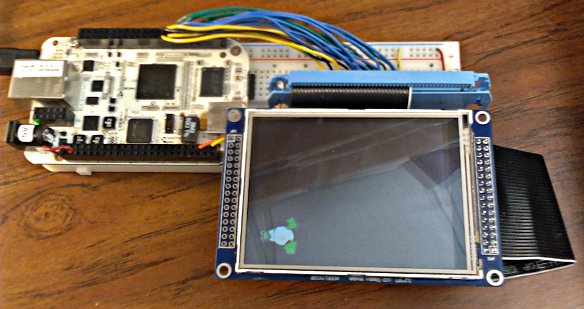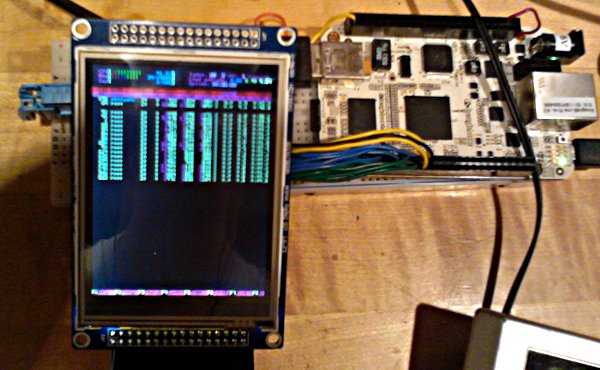So, I bought a BeagleBone last week, and it finally arrived today. I'm excited to try it out, but one of the things I need to decide (as Jonimus reminded me on IRC) is pick an OS. There's the stock Angstrom, and things like Debian and Arch. My requirements:
(1) I want to be able to write a custom framebuffer for boot
(2) I want to be able to play with the GPIO a lot
(3) I want to be able to write LCD and keyboard drivers (although an LCD driver for the display I'm getting might already exist, which means I want to be able to get some very simple WM going)
Any thoughts? Also, I'm going to be using this topic for general questions and notes as I start playing with the Beaglebone.
(1) I want to be able to write a custom framebuffer for boot
(2) I want to be able to play with the GPIO a lot
(3) I want to be able to write LCD and keyboard drivers (although an LCD driver for the display I'm getting might already exist, which means I want to be able to get some very simple WM going)
Any thoughts? Also, I'm going to be using this topic for general questions and notes as I start playing with the Beaglebone.



















